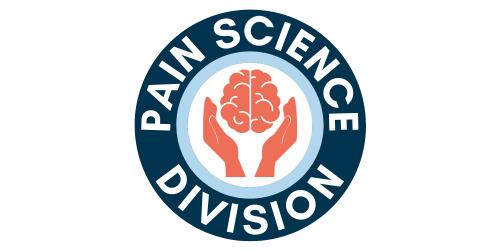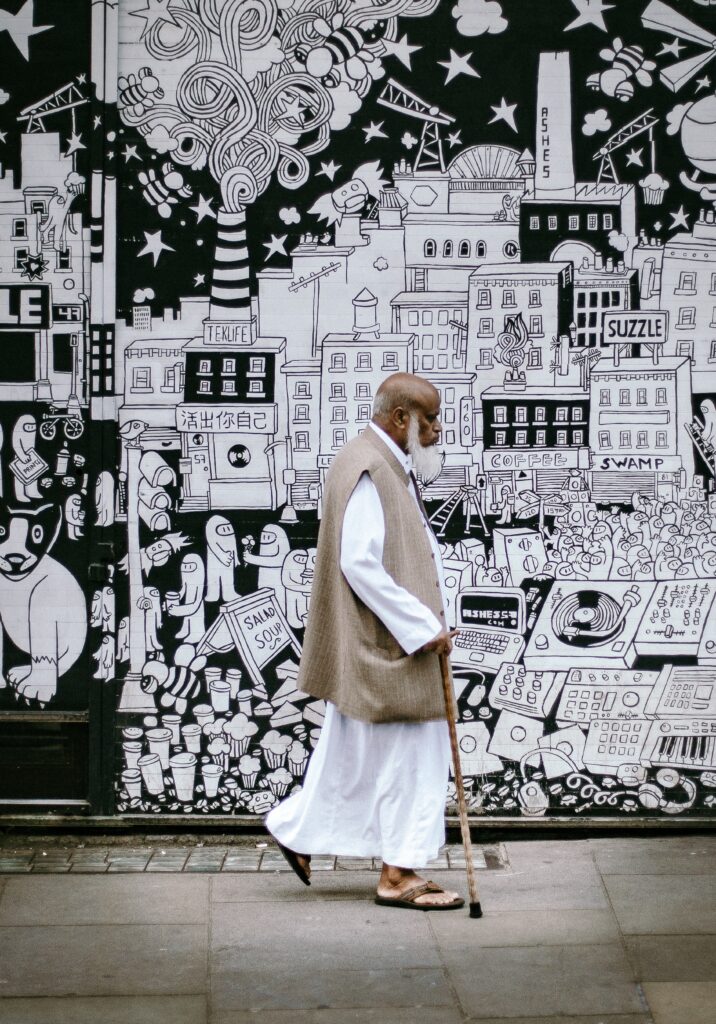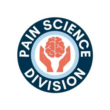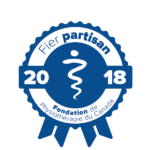Culture and Pain

by Mr. Mohammad Shoiab BSc, MCSP (Pain Specialist Physiotherapist), United Kingdom
About the Author
Mr. Shoiab is a Pain Specialist Physiotherapist in the UK. Having completed his undergraduate physiotherapy degree, he went on to work for several years in the National Health Service. He worked in the city of Bradford, West Yorkshire, UK, with very rich cultural diversity. This influenced Mr. Shoiab’s interest in why there were such differences in expectations of patients attending musculoskeletal outpatient departments, but in particular regarding pain management. Mr. Shoiab is part of the Chartered Society of Physiotherapy’s Black and Minority Ethnic network group. He has published abstracts in the British Journal of Pain and Physiotherapy. He has also written articles for the Chartered Society of Physiotherapy’s publication, Frontline. He lectures nationally on the influence of culture on health, in particular pain, to undergraduate and postgraduate healthcare students.

control are culturally specific (Brady et al, 2015). The way in which pain is experienced is powerfully influenced by culturally based attitudes, beliefs and values. Beliefs and values mediate emotional responses to pain disorders and pain coping strategies such as stoicism, spiritual coping, hypervigilance and catastrophising (Brady et al, 2015).
Knowledge of a patient’s culture can provide the health professional with some insight into the meaning of an individual’s behaviours in illness and improve the quality of care provided. Recognition by staff that a service user from a minority group may have different concepts about health and illness, as well as different expectations from consultations and care delivery, will go a long way to winning the confidence of the service user and ensure compliance with advice and treatment (Hopkins and Bahl, 1993).
Like many NHS Physiotherapy Departments, when a patient is unable to speak English, they depend upon interpreting services to help get the same message across.
For many patients, but not all, having the same message, but in a different language, simply made no difference (Fletcher, 2006).
This difference appeared to lay in some patients’ beliefs and expectations of why their body was in pain and what they expected to be done about it; this was influenced by their culture (Shoiab et al, 2016). The need for culturally grounded pain management services should be addressed. The psychological and behavioural management of pain is developed primarily from a western approach to the causes and the appropriate way to manage pain (Peacock and Patel, 2008). Socio-cultural aspects are crucial elements in the individual pain experience and the development of pain and disability (Torres-Cueco, 2018).
To help support patients improve their understanding and self-efficacy to self-manage their long term pain condition, many patients will initially be assessed by a member of a multidisciplinary (MDT) pain team and referred on to a Pain Management Programme (PMP). However, PMP’s have been developed in the West, based on topics such as pacing, goal setting, relaxation, exercise and communication skills (Ehrlich et al 2016).
In order to culturally adapt the PMP to the client group, Bernal et al (2009) states that cultural adaptation is “the systematic modification of an evidence-based treatment (EBT) or intervention (EBI) protocol to consider language, culture, and context in such a way that it is compatible with the individual’s cultural patterns, meanings, and values”.
As the Pain Specialist Physiotherapist, I led a MDT to deliver a pilot language specific and culturally adapted PMP to six patients. A Muslim Chaplain was incorporated to help patients understand the difference between cultural and religious beliefs, as this area can often become blurred. Significant time on the PMP was spent breaking down what long term pain is, as commonly held beliefs were that pain was linked to certain foods or bad blood. The Pain Specialist Physiotherapist and Consultant Clinical Psychologist had to explore how life can be fulfilled despite the pain. From decades of clinical experience, many South Asians have a poor internal locus of control becoming a passive recipient in their health care.
The team benefitted from input from a Pain Specialist Physiotherapist and Clinical Psychologist and a GP with Special Interest in Pain Management, who were all bilingual. Talking to a group of South Asian females about communication and assertiveness, again, had to be done delicately.
It is important to enhance the biopsychosocial care of clients living with long-term pain conditions. Although the gap is closing between mental and physical health care in pain management services, when working with patients from ethnic minorities, interpreters can be helpful, but there is a growing awareness on the need to culturally adapt practice to meet the needs of all clients.
Top tips for a patient consultation:
- Ask about their beliefs about the onset of the pain
- Expectations they have from your consultation/service
- Develop some degree of cultural awareness of the patient’s background
- If possible, patient information which is language and culture specific
The Urdu culturally adapted pain management programme was recognised by the National Institute of Clinical Excellence (NICE) and registered as a ‘Shared Learning Example’ to other clinicians in the UK: Promoting health and preventing premature mortality in black, Asian and other minority ethnic groups
I have been invited to speak at the World Confederation of Physical Therapy (WCPT) on the influence of culture on pain, I hope to meet some members there: World Confederation for Physical Therapy – Congress 2019 Geneva – Diversity and inclusion (FS-03) and I also use Twitter to disseminate a lot of journal articles and patient resources (@shoiab1 )
Further information about the work and free to access resources can be found here:
- 3 Minutes: Mohammed Shoiab and a Path to Understanding
- Bradford Physio Delivers Pain Programme in Urdu
- A Language Specific and Culturally Adapted Pain Management Programme
- Culture Specific Pain Leaflets – Islam & Chronic Pain and Physiotherapy and Prayer
- Urdu – Animated Pain Toolkit
References
- Bernal, G., Jimenez-Chafey, M. I., & Domenech Rodriguez, M. M. (2009). Cultural adaptation of treatments: A resource for considering culture in evidence-based practice. Professional Psychology: Research and Practice, 40(4), pp361–368.
- Brady, B., Veljanova, I., and Chipchase, L. (2015) Are culturally and linguistically diverse populations responsive to chronic pain interventions? Physiotherapy , Volume 101 (e168).
- Ehrlich, C., Kendall, E, Parekh, S., and Walters, C. (2016) The impact of culturally responsive self-management interventions on health outcomes for minority populations: A systematic review. Chronic Illness, 12(1), pp.41-57.
- Fletcher, G (2006) Enhancing care for Muslim patients in Bradford. Diversity in Health & Social Care, 3 (2), pp.154-155.
- Hopkins and Bahl (1993) Access to health care for people from black and ethnic minorities. Royal College of Physicians: London.
- IASP (1994) IASP Taxonomy [online], Seattle: USA. Available from: https://www.iasp-pain.org/Taxonomy [Accessed 25/03/18].
- Peacock., S and Patel. S (2008) Cultural Influences on Pain. Reviews in Pain, 1(2), pp.6-9.
- Shoiab, M., Sherlock, R., Ali, R.B., Suleman, A and Arshad, M (2016) A language specific and culturally adapted pain management programme. Physiotherapy Journal, 102(Supplement 1), pp. e197–e198.
- Torres-Cueco, R. (2018) Pain culture health-care system in the postmodern society. Pain and Rehabilitation – Journal of the Physiotherapy Pain Association, 44, pp.5-9.



